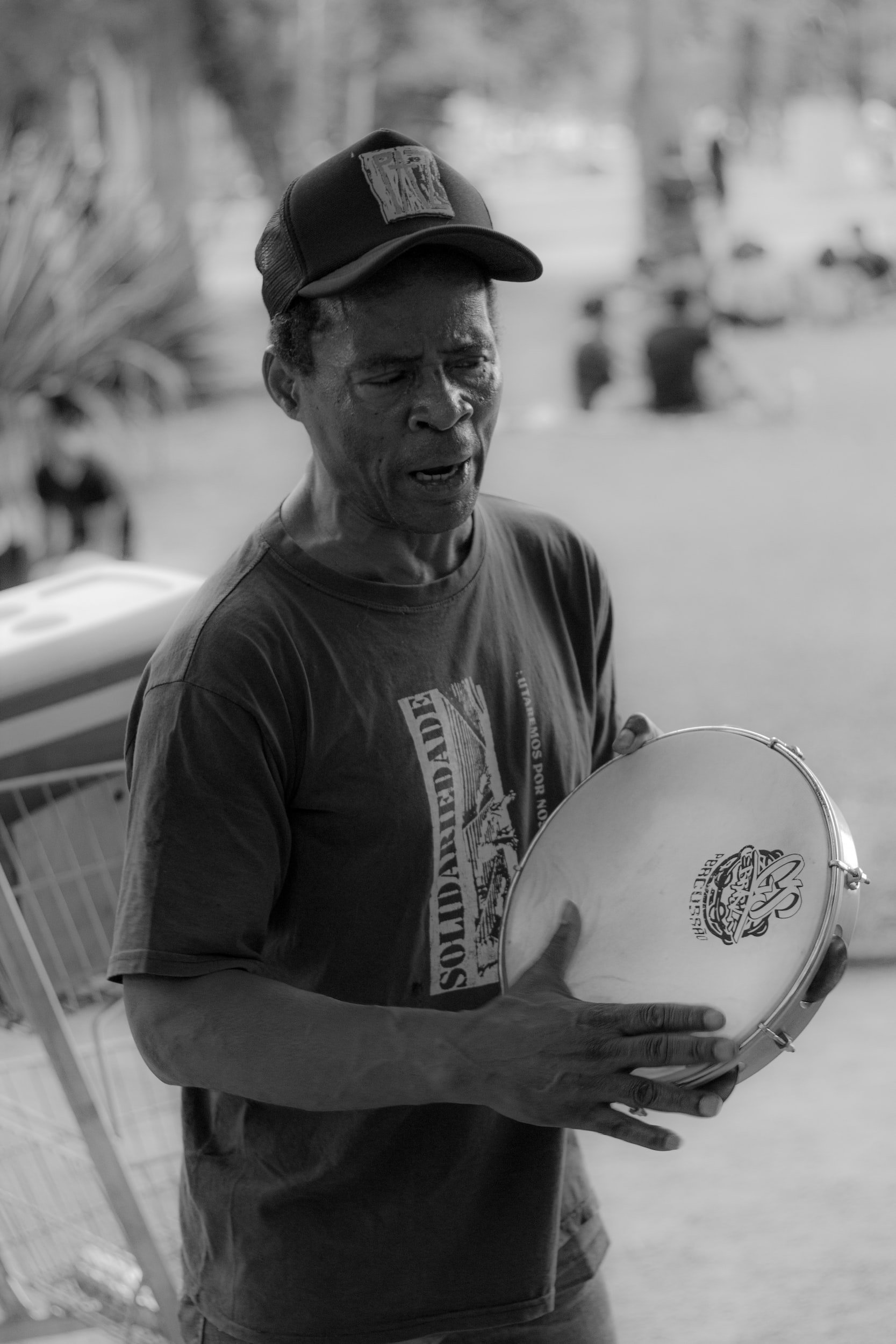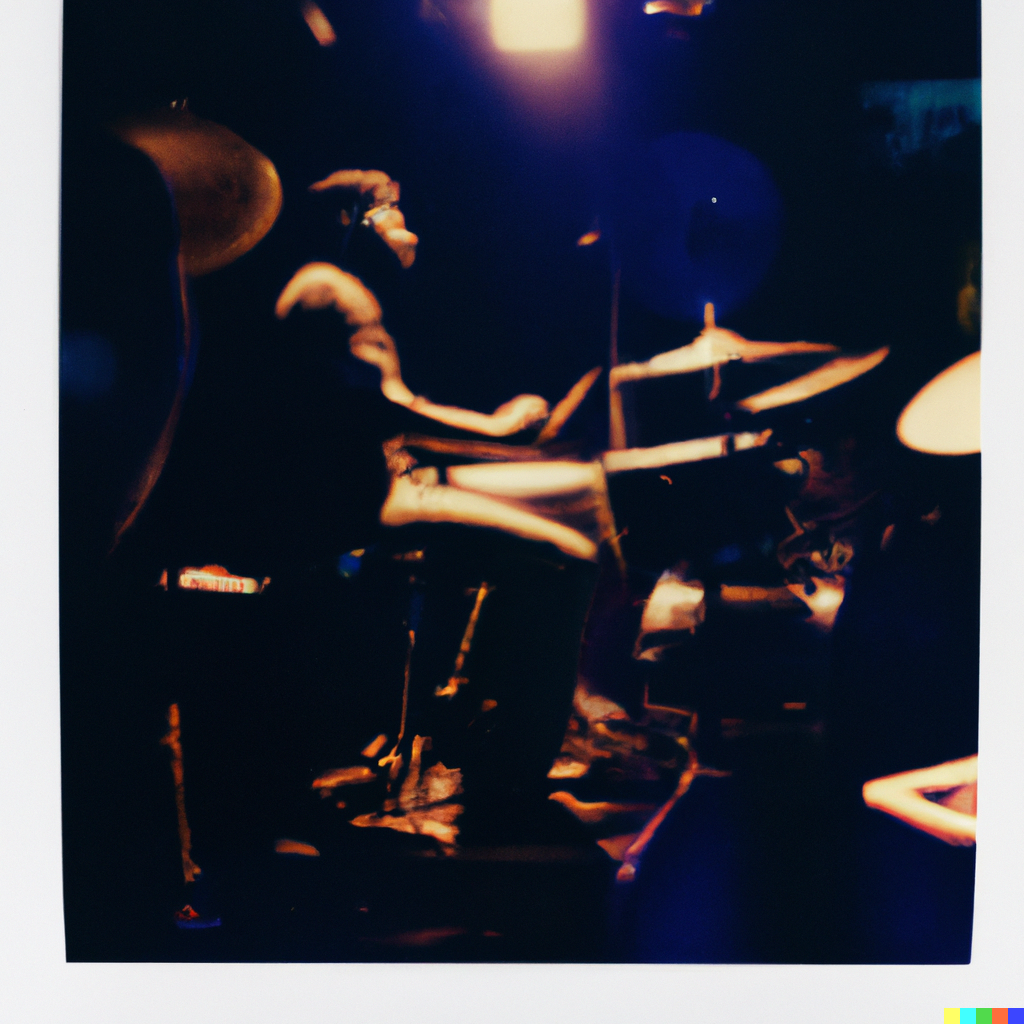The History, Instruments and Rhythms of Brazilian Drumming and Percussion
What are the key Brazilian drum and percussion instruments, Brazilian rhythms for the drum set, and where can you learn more?
This article contains affiliate links to products we love and recommend.
The Brazilian pandeiro
Brazilian music is alive with polyrhythms played across a multitude of traditional drums and percussion instruments.
These rhythms have had a profound influence on contemporary music around the world, particularly in the world of jazz. For more, check out our list of essential jazz drum books.
In this article we take a look at the history of Brazilian music, some of the key traditional Brazilian drums and percussion instruments, the key grooves you need to know, and books that you can learn to play Brazilian rhythms on the drum set from.
Let’s dive in.
At a glance: The key Brazilian drum books
The Brazilian Groove Book by Kiko Freitas | Great for a variety of Brazilian beats | Check price on Amazon
The Brazilian Sound by Chris McGowan | Great encyclopaedic review of Brazilian music | Check price on Amazon
Brazilian Rhythms for the Drumset by Duduka da Fonseca and Bob Weiner | Great for translating Brazilian beats to the drum set | Check price on Amazon
Related Articles
The History of Brazilian Percussion
Brazilian percussion is heavily associated with the country’s carnival tradition.
The character of Brazilian drumming, and hence much Brazilian music and its influence on global music today, is closely intertwined with the country's rich cultural heritage.
This combines African and indigenous roots, with colonial history.
Brazil was colonized by Portugal in the 16th century, which also brought the arrival of African slaves and a rich musical tradition.
For more on the history and culture of Brazil, check out this book.
This heavily involved percussion instruments such as drums, bells, tambourines and other instruments, and complex ostinato-driven rhythms.
Over time, these rhythms blended with the music of the indigenous people and European settlers, creating a unique and vibrant musical culture.
One of the most important musical styles to emerge from this blend of cultures was samba.
Samba music is characterized by its lively, syncopated polyrhythms, which are propelled by the complimentary playing of a variety of percussive instruments, including the surdo, tamborim, and pandeiro.
Samba became popular across Brazil and eventually spread to other parts of the world, becoming one of the country's most well-known musical exports.
In addition to samba, Brazilian drumming also encompasses a wide variety of other styles and traditions, including choro, forró, and maracatu, each with their own unique rhythms and instrumentation.
Many of these styles have their roots in different regions of Brazil, reflecting the country's diverse cultural landscape.
For drummers who want to learn the key grooves of Brazilian music The Brazilian Groove Book by Kiko Freitas is a great place to start.
Traditional Brazilian Drums and Percussion Instruments
The most common percussion instruments used in samba and other Brazilian music are below.
Meinl Percussion offers a fantastic range of Brazilian and other latin percussion in this list, that are useful additions to any drummer’s set up to add latin flavours to your playing:
The Surdo:
The surdo is a large, deep-pitched bass drum that is the backbone of many Brazilian rhythms, particularly in samba and pagode music.
The Tamborim:
The tamborim is a small, high-pitched drum that is often played with a stick or a hand. It is a staple of samba and pagode music.
The Pandeiro:
The pandeiro is a type of hand drum that is similar to a tambourine. It is often played in a variety of Brazilian music styles, including samba, choro, and forró.
The Cuica:
The cuica is a unique Brazilian percussion instrument that creates a high-pitched, squeaking sound. It is often used in samba and pagode music.
The Caixa:
The caixa is a snare drum that is commonly used in Brazilian music, particularly in samba and pagode.
Agogô:
The agogô is a set of two or more cowbells that are played together to create a unique, melodic sound. It is often used in samba and other styles of Brazilian music.
These are just a few examples of the many percussive instruments used in Brazilian music.
Each instrument brings its own unique sound and character to the music, creating the sound that we know as typical of samba and Brazilian music.
Translating Brazilian Percussion to The Drum Kit
The instruments and rhythms of Brazil have had a significant impact on the development of drumming using the drum kit, particularly in jazz and popular music genres.
Many drummers have incorporated Brazilian rhythms and techniques into their playing, and have adapted traditional Brazilian percussion instruments to the drum kit - either by incorporating the typical instruments into their setup, or adapting more typical pieces of the drum kit to emulate the sounds of Brazilian percussion.
The Brazilian Groove Book by Kiko Freitas is a great place to start for drummers who want to learn to play Brazilian percussion on the drum kit.
The bass drum as the surdo
One common approach is to use the bass drum to emulate the rhythms of the surdo, a large bass drum that plays a foundational role in many Brazilian musical styles.
By using the bass drum to play syncopated patterns, drummers can create a rhythmic foundation that is reminiscent of Brazilian music.
The snare drum as the pandeiro
Additionally, the snare drum is often used to emulate the rhythms of other Brazilian percussion instruments such as the pandeiro, which can add a more complex and layered texture to the music.
Often a rim shot or click plays a clave pattern which is sometimes played on the pandeiro in Brazilian music.
The hi hat as the tamborim
The hi hat can emulate the high pitched sound of the tamborim, which would be used to play 16th note rhythms in styles like samba or bossa.
Sometimes drum kit players will create 16th note rhythms using brushes on a snare drum by pressing into the drum firmly and swiping left and right with both hands.
This creates a full but driving 16th note pattern to complement the bass drum emulating the surdo.
Some drummers will also play the 16th note pattern on the rim or side of a metal snare drum, or even on the shell of a floor tom.
Again this emulates the high pitch staccato of traditional instruments such as the tamborim.
The cowbell as the agogo
Often drummers may have a cowbell rather than agogo.
The agogo would play rhythms such as the cascara in samba, which can be emulated on the cowbell.
The cascara rhythm is usually played in a syncopated pattern, with accents on the off-beats.
This can be played with open and closed strokes, by striking the cow bell and then muting with the hand.
Brazilian Percussion in Contemporary Music
Present day Brazilian percussion remains an integral part of the country's music scene, with its unique rhythms and sounds continuing to influence and inspire musicians around the world.
Brazilian percussion has had a significant impact on popular music genres such as jazz, funk, and hip-hop.
Many musicians have been inspired by the rhythmic complexity and energy of Brazilian percussion, incorporating elements of samba, bossa nova, and other styles into their own compositions.
The importance of bossa nova and samba rhythms to jazz
One of the most famous examples of Brazilian percussion's influence on global music is the bossa nova, which emerged in the late 1950s and early 1960s as a fusion of samba and jazz.
Bossa nova quickly became popular around the world, with artists such as Antonio Carlos Jobim, João Gilberto, and Stan Getz helping to popularize the style.
In recent years, Brazilian percussion has continued to evolve and innovate, with musicians incorporating new sounds and influences into the tradition.
For example, artists such as Carlinhos Brown and Seu Jorge have fused traditional Brazilian rhythms with electronic music and other contemporary genres, creating a unique and eclectic sound that reflects the country's diverse cultural heritage.
Five Key Brazilian Rhythms for Drumset
Here are five rhythms from Brazil that drummers should get familiar with because they’re useful, fun to play and help to build your overall technique and coordination:
Samba
Bossa Nova - Listen to The Girl From Ipanema by Astrud Gilberto, João Gilberto and Stan Getz for a famous example.
Forro
Maracatu
Choro
Kiko Freitas’ book The Brazilian Groove Book is a comprehensive guide to playing Brazilian rhythms on the drum kit, and is a great buy for drummers who want to explore this music in more detail.
The Best Books Teaching Brazilian Rhythms for Drumset
If you want to learn more about Brazilian drumming and percussion and get under the skin of some of the essential grooves, investing in a book and settling in to practice is a great start.
Here are some of the best books on Brazilian rhythms to try:
The Brazilian Groove Book by Kiko Freitas
The Brazilian Sound by Chris McGowan
Brazilian Rhythms for the Drumset by Duduka da Fonseca and Bob Weiner
Overall, Brazilian percussion continues to be a vital part of the country's musical identity, as well as an important influence on music around the world.
If you want to learn more about jazz, which Brazilian drumming has played a huge role in evolving, check out our list of essential books for learning jazz drums.
Brazil’s distinctive rhythms and sounds have helped to shape the global music landscape, and its legacy is sure to continue for generations to come















